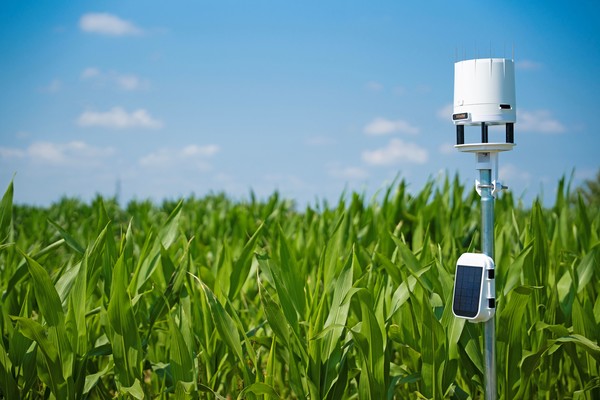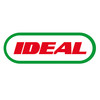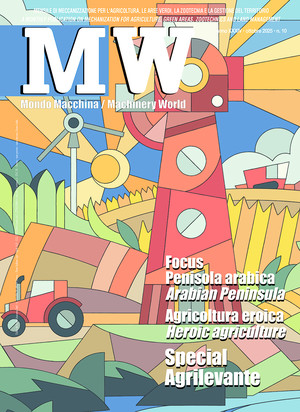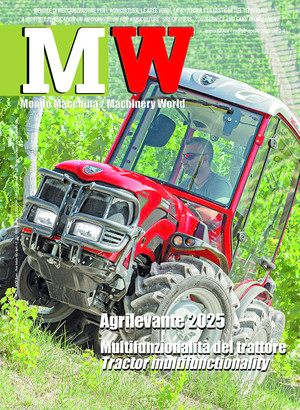
Sensors, AI, and DSS: solutions from xFarm Technologies
Increasing the sustainability of the agri-food sector and the efficiency of field operations through increasingly high-performance, precise, and reliable next-generation technologies are the goals that the Swiss tech company xFarm Technologies aims to achieve with the cutting-edge solutions it is presenting at Agritechnica. In the sensor sector, new IoT (Internet of Things) solutions for daily agricultural activities are making their debut, starting with the xSense professional weather station, entirely designed and developed by the Swiss company. The station features a modern, compact design and a wind measurement function that uses acoustic waves, thus reducing the need for maintenance. New features include a clogging sensor inside the rain gauge, which promptly alerts the user of any blockages, a solar radiation sensor, and a bubble level that optimizes the station's installation. Another xFarm product is the new xNode, which can manage multiple sensors, including the weather station. The stress-relief design makes maintenance easy, simplifying battery replacement procedures and cable management.
Innovation. The Focus onArtificial intelligence In Hannover, the Swiss manufacturer presents xFarm Agent, a digital assistant designed to support farmers in their daily work, both from a management and agronomic perspective, as well as from a bureaucratic perspective. For example, xFarm Agent can help fill out the digital Farm Booklet, which European legislation requires to become mandatory in all EU countries starting in January 2027. Among the AI solutions designed for farmers, xFarm Vision will be launched. This technology optimizes defense interventions by combining guidance with a system that, through cameras installed on the sprayers and AI algorithms, allows the variable rate application (VRA) of plant protection products and fertilizers. Designed primarily for specialized crops (especially orchards and vineyards), xFarm Vision allows products to be applied following the shape of the plants, avoiding waste where there is no vegetation.
Geospatial technologies. Thanks to new developments, the Swiss tech company provides visibility of the field even with cloud cover of up to 90%. Among the innovations presented in Hanover, worth mentioning is the new Satellite Alert Map feature, which analyzes historical data and provides farmers with predictive feedback on crop performance. xFarm Crop Intelligence, on the other hand, is a tool aimed at food companies and agricultural input suppliers, allowing them to remotely identify and visualize the distribution of crops across vast geographic areas, as well as the boundaries of each cultivated field, on a single platform. This means that, with just a few clicks, the user can discover which crops are present in a specific geographical area, state, or region, even outside the local supply chain.
Decision support systems. The latest update to the irrigation module, also to be presented in Hannover, will allow sensorless irrigation to make use of even more efficient irrigation resources. Once the plots with the related crops have been established, the new system allows for an assessment of the leaf water content (NDWI, or Normalized Difference Water Index) directly via satellite without the need for sensors or by combining satellite surveys with data collected by field sensors. The DSS is thus able to calculate the water balance, indicating precisely when irrigation will be necessary and the quantity of water to supply to each crop.








